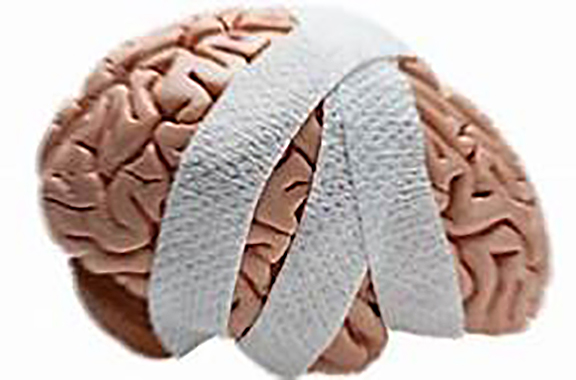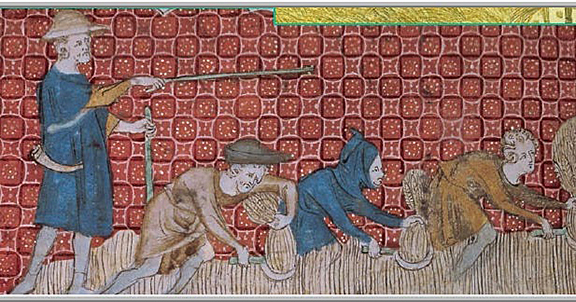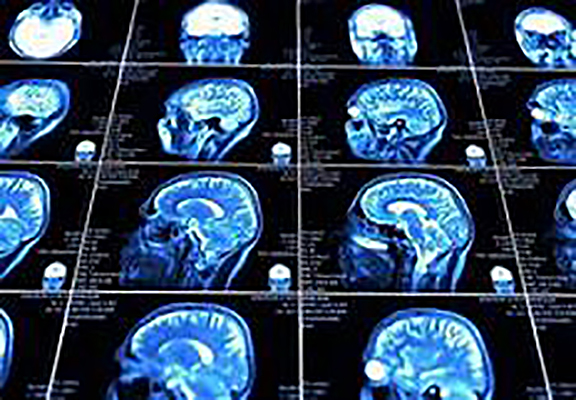The March of History
One online calendar for March commemorates thirty causes, including Brain Injury Awareness, Women’s History, Irish American Heritage, and Kidney. I suppose most of us notice histories, issues, and commemorations that have personal meaning for us. Today’s commemorative designations acknowledge yesterday’s hidden histories and root causes that touch, intersect, overlap, and overshadow today’s competing issues and today’s complete whole.
All experiences have ramifications going forward. My lifelong belief that delirium blocked my memories of a childhood kidney infection caused me problems throughout my life. I may have been delirious, but I also suffered physical brain trauma. Our shared consciousness includes physical and psychological trauma. In a recent “Finding Your Roots,” Henry Louis Gates asked Irish American actor Nathan Lane if Lane believed trauma could be inherited; Lane’s Irish ancestors were held in workhouses after being forced off their lands; Lane considered this possibility.
Mark Twain said, “history doesn’t repeat itself, but it does rhyme.” Medical history includes reports of post- 2018- pandemic neurological disorders. Current studies of long COVID find decreased brain oxygenation which impairs overall brain function, cognition, and neurological function.
Current COVID related labor shortages and inflation parallel conditions in Europe following the Black Death. Labor and supply shortages challenged feudal control of serfs and peasants who were bound to the land and landholders. Serfs and peasants who escaped, if caught, were returned to their overlords in chains, and sometimes branded. Following this period of unrest, Portuguese traders sought and received papal permission to acquire captive workers from Sub-Saharan Africa; Queen Isabella sought a Papal Bull granting Spain permission to take property, including native peoples, in the Americas. By the 1500’s England began shipping “her” poor to work the land in the colonies. And, while this unfolded, the Protestant Reformation led to illiterate peasants being strongly encouraged to adopt the changing religious interpretations of their lords and rulers. Money, ideology, and self-interest work together to distribute resources, including evolving information.
A few years ago, speaking on the SU campus, former US Congressman Patrick Kennedy stated that many southern legislators privately supported parity for mental health and addiction services. Publicly, the same legislators, not wanting to alienate religious constituents who believe addiction and mental illness are moral failings, opposed parity. That the opioid crisis has affected “red” states may change that. Maybe not: authoritarian leaning social media posts argue Narcan versus insulin as if the two treatments are in opposition; similar posts advocate smacking children upside the head and beating up political protestors. Violence and threats of violence are still used to force people to change, to change their minds, or to just shut up.
March is Brain Injury Awareness Month. And, while not all brain injuries result from violence, if I were a betting woman, I would bet that it is not just professional football players who’ve suffered repetitive concussions that led to cognitive deficits. Many brain injuries remain hidden from the injured person, who, in an ongoing way, works to “act normal” while trying to make sense out of sometimes confusing, shifting external sensory, and internal emotional stimuli. Guessing at what’s normal takes brainpower, and what is considered “normal” differs in different settings. One may encounter mockery and judgment for brain injury based and situationally abnormal laughing or crying (PBA.)
Impaired blood flow and oxygen supply; blunt trauma; hemorrhagic and ischemic stroke, and diseases, COVID included, can damage the brain and the brain’s connections. Everything is connected.
One sponsor of March Brain Injury Awareness is the Brain Injury Association of America. The BIAA’s mission includes reducing stigma, improving care and support for brain injured people and their families, by highlighting the multitude of differing brain injuries among differently injured people, and by increasing awareness that brain injury is chronic. Brain injury is chronic; I dislike the limiting label. Recovery from brain injury is lifelong just as maintaining the healthy function in an uninjured brain is lifelong. And, while physical and occupational therapy can kickstart healing of an injured brain; nutritious food, regular exercise, and restful sleep help an uninjured brain stay healthy.
After my first look at MRI imagery done of my brain following a concussion, I looked away. I continued the post-concussion exercises I’d been given. I looked at the MRI again. I continue to educate myself about whole brain function.
Neuroscientists, neuroscience writers, and philosophers of consciousness agree
that specialized areas in both hemispheres of the brain communicate 24/7, storing information wholistically throughout our lifetimes, so we as whole persons can survive, and thrive in the changing environments that face us. Our minds store our own historic imagery and language. Language matters. How we think affects what we think.











